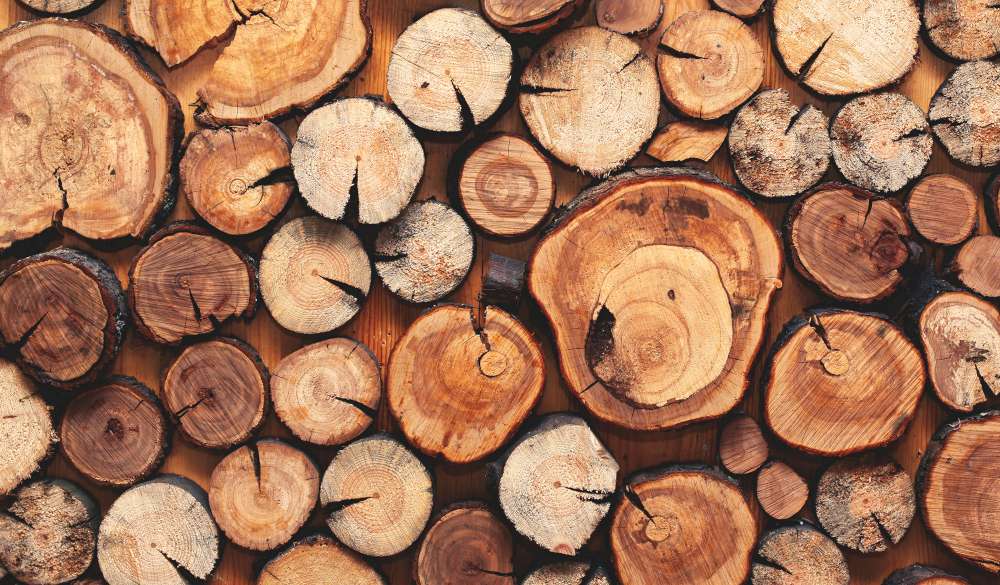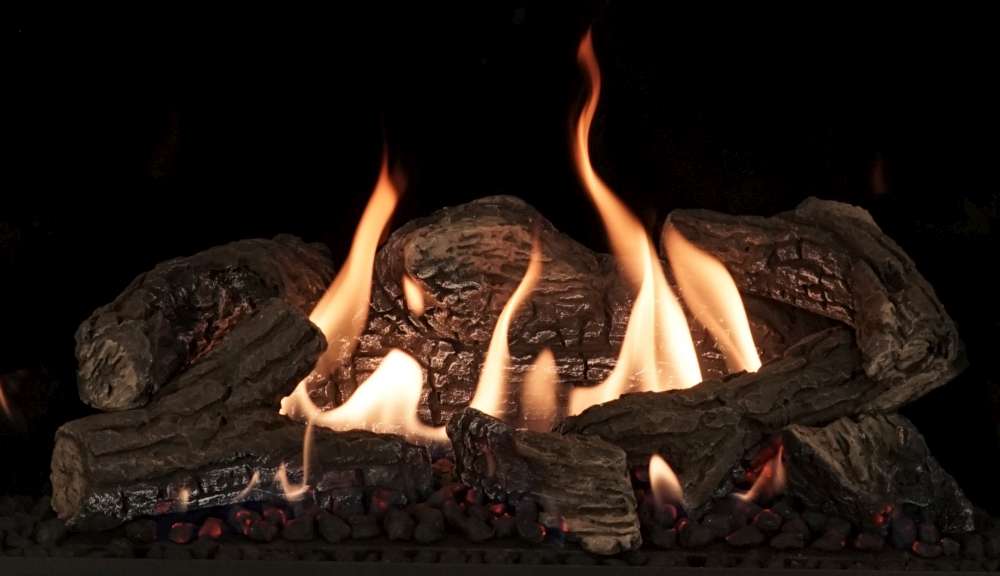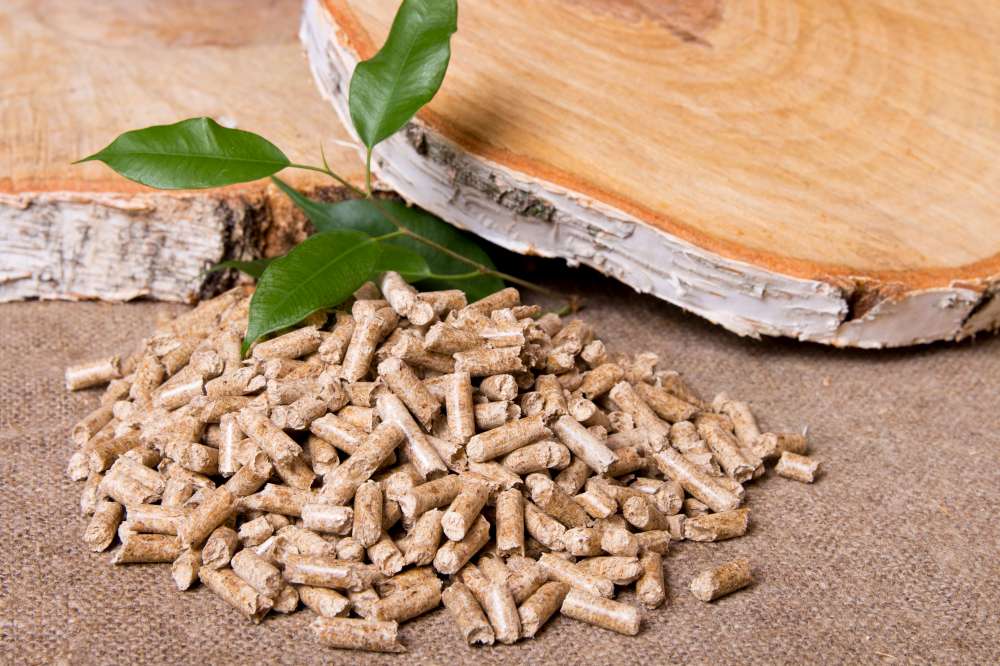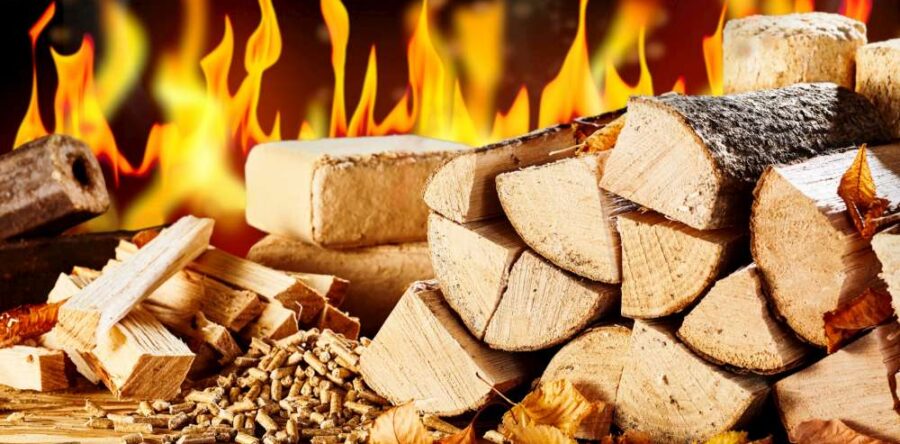If you are looking to add some supplemental heat or to start “zone heating” your home, you have several options regarding the fuel type. This article will discuss those possibilities and give you some questions to ask yourself before you make a purchase.
THE WOOD OPTION:
The first thing a customer should do is decide what fuel to use. Many customers would like to burn wood to become a bit more independent of their monthly heating bills. But are you equipped to burn wood? Do you have quick and easy access to a wood supply? Do you have a truck and/or trailer to haul wood? Do you have a chain saw? How about a log splitter? And most importantly, do you have the time to cut, split, haul, and stack wood?
A COUPLE OF REAL-LIFE STORIES:
A customer wanted to put a free-standing wood burning stove in his basement family room. He hoped to heat the cooler room downstairs where they spent a lot of time and provide heat to the rest of the house via an open stairway. A solid idea.
First question to the customer: Where are you going to get your wood from? First answer: I have an uncle who owns 80 acres, and he said I could cut all the dead and downed timber I wanted. Turns out it was nearly 100 miles (ca. 161 km) away and the customer had a small Toyota and a 5 x 8 utility trailer. He didn’t own a chain saw or have any experience with one. Okay… drive 2+ hours to get to the wood, spend a few hours cutting and splitting wood. Then, drive another 2+ hours back home. Now, it still needs to be unloaded and stacked. Next questions: Can you afford a full day each time just to get a small amount of wood? How many trailer-full are you going to go through this year? Six, eight, ten? That’s six, eight or ten days’ worth of labor and gas!
Don’t misunderstand . . . we’re just posing serious questions for customers to contemplate.

This would be a much different scenario if the wood supply is in the neighbors back forty. Or, if you can work with that neighbor and arrange to help them cut wood on shares, since they may have the equipment and experience.
Here’s another customer from a few years ago. Early thirties, a big guy and well-built. He is looking to replace a forced air, wood burning furnace in an older two-story house. Two years prior, he spent some money to have his chimney relined and now wants to put in a newer furnace. He explains that he is a police officer, and it’s important for him to stay in shape. He actually looks forward to splitting wood manually with his two young sons helping. He said he gets a great work-out from swinging a 12-pound (5.44 kg) sledge. He buys wood from a local tree removal service and already had a lean-to woodshed built in the backyard. Plus, memories of his grandfather and him splitting wood are now being passed down to his two boys.
Different viewpoints . . . The point is to think about the logistics of wood.
ANOTHER IMPORTANT POINT REGARDING BURNING WOOD:
If you’re burning wood in the house, keep in mind that you’ll be dealing with dirt, bugs, bark, sawdust, and ashes. It can be a challenge to keeping things clean when you’re burning wood as a heat source. To many, this is not an issue. The benefits outweigh the negatives. And, there are lots of ways to minimize these concerns, too. But, if you’re a cleanaphobic, keep reading…

HOW ABOUT A CONVENIENT FUEL SUPPLY?
There’s nothing easier than gas. Whether it’s natural or LP, simply flip a switch, program a remote control or install a thermostat and presto! You have beautiful flames to enjoy and a constant steady heat source with none of the issues described above. The heat output of a gas fireplace or stove is easy to control.
The realism of today’s flame patterns and log designs are terrific. Furthermore, if you’re concerned about installation costs, gas is usually a bit less expensive because a vent pipe can be installed out a sidewall. A wood burning fireplace or stove requires a stainless-steel chimney. [LINK TO: HOW IS A GAS FIREPLACE INSTALLED?]
As long as there’s a meter on the side of your house for natural gas or LP in the tank in the backyard, you won’t have to worry about an adequate fuel supply. No dirt, bugs, or ash to deal with. Professionally installed and set up, periodically cleaning the glass is the most common maintenance chore with a gas appliance.
WHERE DOES ELECTRIC FIT?
If your concerns about more heat are limited to one room, or one area of a larger room, an electric fireplace might be a good choice. They are quick and easy to install anywhere in your home. The flame and lighting effects that are available with electric fireplaces are very impressive.
Electric fireplaces are limited with their heating capacity. If your space can be heated with an electric space heater, an electric fireplace will heat similarly. The heat output on many electric fireplaces is in the 1200 – 1500 watt range, or 4500 – 5000 BTU of heat.
One cool advantage that many people like is you can enjoy the fireplace in warmer weather, too! Just turn on the fireplace but leave the heating element, off! This and other features are simple to control by an easy-to-use remote.

ARE PELLETS RIGHT FOR YOU?
A pellet stove is still another option to consider. Pellets come in easy to handle, 40-pound (ca. 18 kg) bags. You should be able to store about three tons of pellets in an area 6 feet (1.83 m) x 6 feet (1.83 m). Pellets must be kept dry.
It’s easy to regulate the amount of heat from a pellet stove. By simply adjusting the feed rate that pellets are burned, you’ll realize between 10,000 – 45,000 BTU’s of heat/hour on most models. Delivering more pellets to the burn pot means more heat into your home.
Pellet stoves can be vented through a side wall or vertically through the roof. Pellets are reliant on electricity to operate. If you live in an area where power outages are frequent and plan to rely on pellets as your primary heat source, this could be critical. Although some models may have a battery back-up system, remember that without electricity, you’re out of luck with a pellet stove.
Hopefully, we’ve given you some food for thought with this article. There are pros and cons with each fuel type. Your WE LOVE FIRE expert can help you sort out what might work best in your situation. We look forward to working with you and answering all your questions. Come see us soon.




0 Responses